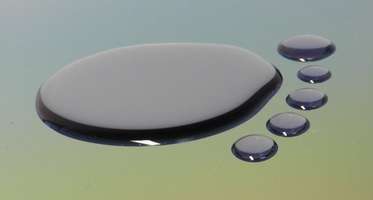 The field of elastomer chemistry strongly focus on the development of new crosslinking strategies (e.g., thermal versus photochemical routes, permanent versus reversible crosslinks) and the curing of rubber and latex materials with low migrating and biocompatible components. In addition, new strategies towards in-situ reinforced elastomer materials are pursued which allow a controlled change of the mechanical performance without significantly affecting processing conditions. Highlights of the research on chemistry of elastomers include:
The field of elastomer chemistry strongly focus on the development of new crosslinking strategies (e.g., thermal versus photochemical routes, permanent versus reversible crosslinks) and the curing of rubber and latex materials with low migrating and biocompatible components. In addition, new strategies towards in-situ reinforced elastomer materials are pursued which allow a controlled change of the mechanical performance without significantly affecting processing conditions. Highlights of the research on chemistry of elastomers include:
-
Photo-vulcanization of latex and solid rubber by radical-mediated thiol-ene chemistry
- Synthesis of (photo)reversible crosslinkable elastomers
- Studying of latex film formation and correlation with macroscopic performance
With respect to tailored surfaces and interfaces, modification routes for organic and inorganic materials are established. The applied methods enable a controlled tuning of material properties such as polarity, reactivity, tribological characteristics or adhesion strength. Along with conventional silanization techniques, photochemical modification routes are developed which open the way for the preparation of patterned surfaces with advanced properties. Selected interdisciplinary topics of the research on surfaces and interfaces revolve around:
- Exploitation of thiol-ene click chemistry for tuning the friction properties of elastomers
- Design of photoactive particles by immobilization of photoreactive silanes onto silica
- Tailor-made coatings for surface finishings with enhanced adhesion to the substrate
















